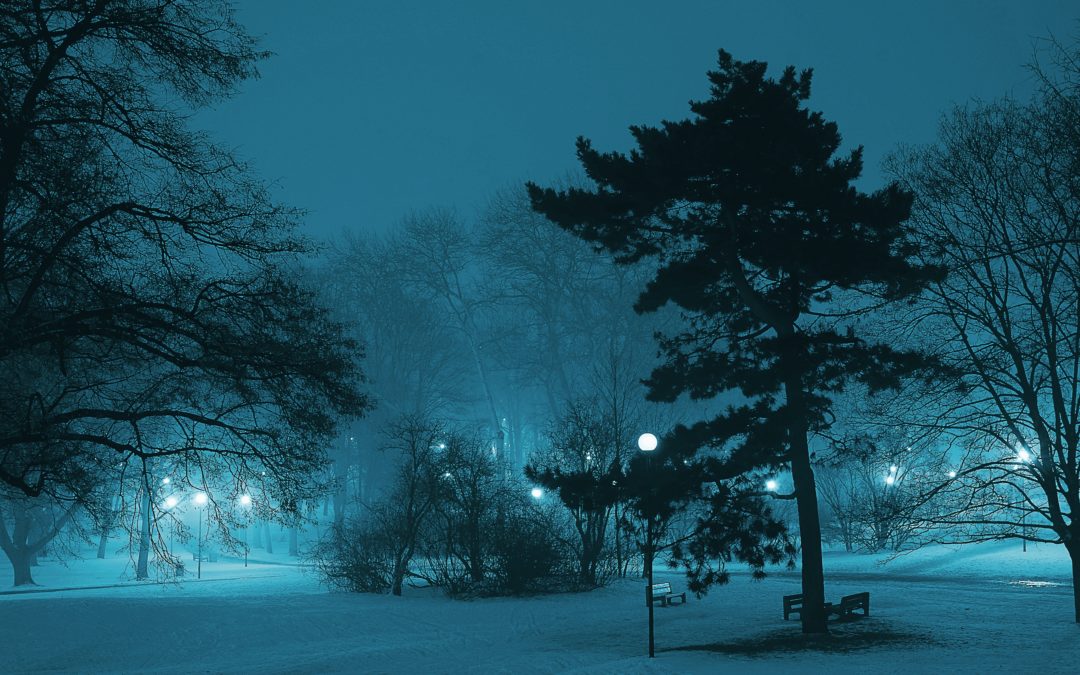The first Sunday in November marks the end of daylight saving time. So make sure to set your clocks back one hour on November 6 at 2 a.m!
This weekend, we’ll get an extra hour of sleep, but as we approach the winter months, that means less daylight.
It’s a good idea to replace the batteries in your smoke and carbon monoxide detector. These batteries should be replaced twice a year, so you can do it in the fall and again when the calendars advance on the second weekend in March.
Tips for getting ready for Daylight Saving Time:
- Take in as much sun as you can each day, starting today before DST ends. It will help adjust your body’s rhythm for the upcoming change.
- Start putting your feet up a little earlier the following evening. Even though you can never make up for lost sleep, being well-rested before the time change can be beneficial.
- Don’t add more caffeine to compensate for this. Although it may seem like having one or two more coffees will help you get through the midday slump, consuming too much caffeine is bad for your heart.
- Avoid taking a nap. Most people don’t get enough sleep at any time, so taking a nap in the afternoon can make it even more challenging to get a good night’s sleep.
- Peace of mind. Enjoy peace of mind from knowing that you will stop overpaying the IRS this year. Book your free consultation here to get peace of mind about your 2022 Taxes!
How does daylight saving time work?
The term “daylight saving time” refers to the time between spring and fall when most of the nation’s clocks are set one hour ahead of standard time. It always begins on the second Sunday in March and finishes on the first Sunday in November, as per federal law.
Knowing you will no longer overpay the IRS will give you peace of mind this winter.
Book Your Tax Consultation to Get Started Today


